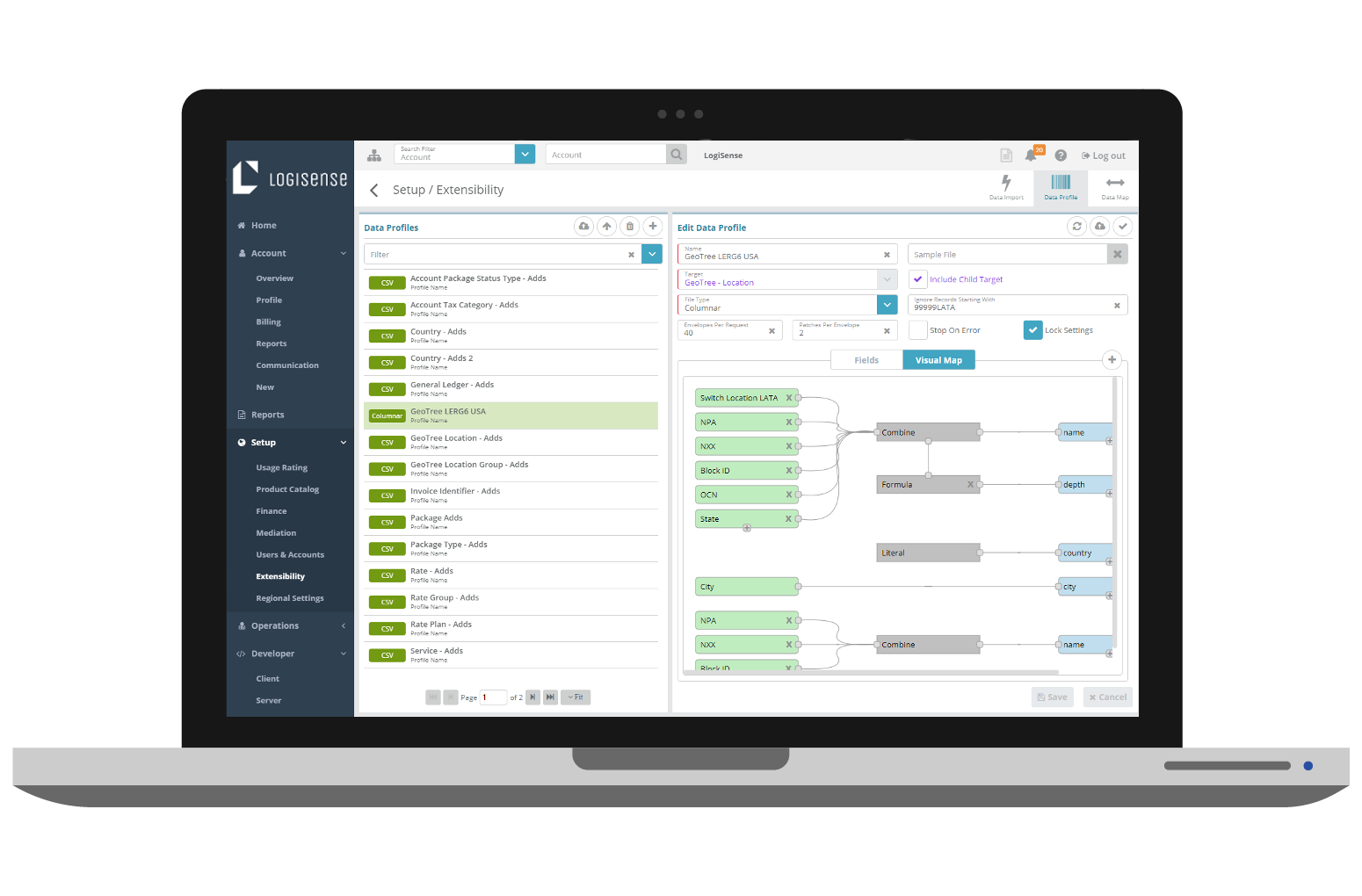Usage Billing Challenges
As businessess plan out their technology and monetization strategy, one of their key considerations is accuracy and precision when rating individual events. These events can be data feeds from sensors, to alerts and messages, CPU utilization, streamed data and even API calls. Inaccuracies can quickly add up as millions of connections are added to the network. This can result in significant revenue leakage and declining ROI.
IoT products can generate real-time readings that are unprecedented in their variety and volume. Data now becomes a core asset in many businesses and is perhaps becoming the decisive asset. While valuable by itself, its value increases exponentially when integrated with other data such as billing and transaction histories, subscription states, customer profiles and account data. Curating and processing this data however requires a significant rethink of how traditional back office systems are architected and deployed. The Billing System is not exempt from this. As a central player in the processing of customer lifecycle and usage data, the billing system needs to be able to handle and process large volumes of data in real time. This requires an architecture that is distributed in nature and designed for scale.
Managing Extreme Amounts of Events
A discussion on scaling would be remiss if we did not address the scalability challenges that many enterprises and businesses encounter as they grow. There are costs associated with a back-office system that can handle large usage volumes. This is problematic especially in the IoT arena where many projects are initially launched as proof of concept activities out of the existing business unit with quick time to market considerations. Based on the success of the initial proof of concept, the business then decides whether to make additional investments and scale the project. The initial requirements for a billing platform are therefore dictated by cost and time to market considerations. The LogiSense Billing platform is designed in a modular fashion that can scale in sync with the growth trajectory of the service provider.
Before services became interconnected, data was generated primarily by internal operations and through transactions across the value chain—order processing, supplier and sales interactions, customer service visits, and so on. The responsibility for defining and analyzing data tended to be done in silos with limited sharing between departments. In the new world, these traditional sources of data are being supplemented by another source—the product itself. Most companies spend a significant amount of time curating the data and not enough time for actual analysis. This in turn means that they are leaving possible revenue on the table. A challenge is that the data from connected products and related business data are often unstructured. Conventional approaches to data aggregation and analysis, such as spreadsheets and database tables, are ill-suited to managing a wide variety of data formats.
Aggregating and Transforming Usage Events
This is where a billing system such as LogiSense Billing can help. Traditionally, billing systems have been viewed as the back end of the customer relationship process where the final bills are generated to be mailed out to the customer. In the Usage Economy™ however, a billing platform is poised to become a more central player. As services generate data, the first logical block that they touch is in fact the mediation layer of a billing platform. On the order management side, customer information and orders are pushed into the billing engine. During the customer lifecycle, the billing system plays an active role in aggregating customer usage data, managing accounts and tracking transaction history. As a result, the billing system touches every entity in the value chain from operations to marketing and finance.
Billing systems are often perceived as mundane, utilitarian entities that get relegated to back office duties and accessed infrequently. Part of this is due to the historical nature of billing systems – with traditional subscription models, configurations are relatively simple consisting of an assortment of one time and recurring charges. Bill runs are scheduled at period end to generate invoices which are then mailed to the customer. Most departments typically don’t interact with the billing system directly and instead interface with related systems such as CRM systems, portals, analytics engines and accounting systems. These systems in turn pull and push data to and from the Billing system. It is no wonder then that usability and user experience have not been hallmarks of traditional Billing subsystems.
The disruption that is occurring in the OSS and BSS arena is forcing businesses to rethink their approach to billing system selection. Businesses will have to rely on their billing system for more than just invoice generation – a billing system is now becoming a hub for customer and service management, analytics and revenue automation. As the pace of change speeds up, it becomes essential to have a billing system that provides quick and efficient on-boarding along with ease of use. Changes to the configuration should be measured in minutes and hours, not days and weeks.
